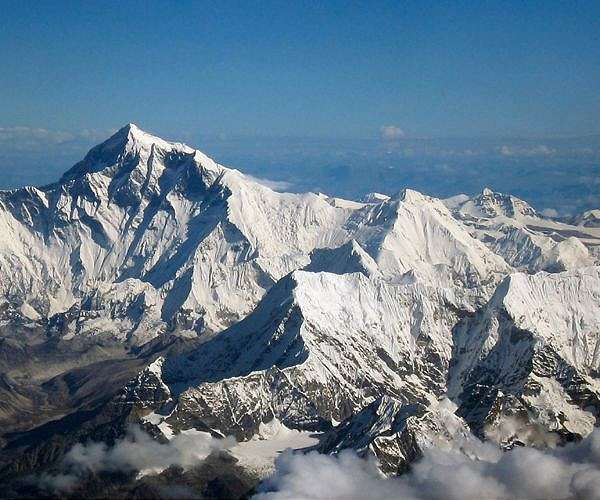Climate change increases risk of successive natural hazards in the Himalayas
by Robert Schreiber
Berlin, Germany (SPX) Jan 31, 2025
An international team of researchers has analyzed the causes and consequences of the catastrophic October 2023 flood along the Teesta River in Sikkim, India. The study, which included experts from nine countries, including the University of Zurich (UZH), examined the complex factors behind the disaster and provided a detailed reconstruction of the event’s timeline.
On October 3, 2023, a massive 14.7 million cubic meters of frozen moraine material collapsed into South Lhonak Lake, generating a tsunami-like wave reaching heights of up to 20 meters. This triggered a glacial lake outburst flood, which breached the moraine dam and unleashed approximately 50 million cubic meters of water-equivalent to filling 20,000 Olympic-sized pools.
The flood devastated the 385-kilometer-long valley, displacing an estimated 270 million cubic meters of sediment and severely damaging infrastructure, including multiple hydroelectric plants along the Teesta River. Tragically, at least 55 people lost their lives, with another 70 reported missing.
“This event is a stark reminder of the vulnerability of high mountain regions to the effects of climate change,” stated Christian Huggel, co-author of the study and head of the Environment and Climate research group at UZH. “The thawing of permafrost and the instability of rock, ice, and moraine structures pose major risks.”
Advanced Remote Sensing Enhances Analysis
The research team utilized cutting-edge scientific techniques to analyze the disaster’s impact. High-resolution satellite imagery, digital elevation models, and numerical simulations enabled an in-depth reconstruction of the event. Seismic data pinpointed the precise timing of the moraine collapse, while geomorphological studies measured the volume of water and sediment displaced.
“The use of high-resolution remote sensing data was crucial to understanding the complex processes and cascading effects of the flood in detail,” explained first author Ashim Sattar, formerly a postdoctoral researcher at UZH and now an assistant professor at the Indian Institute of Technology in Bhubaneswar. “Collaboration among researchers from different disciplines was key in gaging the full extent of this event.”
Call for Enhanced Early Warning Systems
The disaster not only destroyed critical infrastructure, including five hydroelectric power plants, but also led to severe erosion and sediment deposition, impacting farmers and local businesses.
“Our findings highlight the urgent need for early warning systems and international cooperation to address such challenges,” emphasized Sattar. The study revealed that the moraines exhibited instability years before the collapse, with shifts of up to 15 meters annually. This underscores the necessity for consistent monitoring and preemptive mitigation efforts in high-altitude regions.
Future Risk Mitigation Strategies
With climate change accelerating, similar disasters are likely to increase, heightening the risk of glacial lake outbursts. “The case of South Lhonak Lake is a reminder to take climate risks in mountain regions worldwide more seriously,” said Huggel. Sattar added, “We need better risk modeling and assessment, as well as robust adaptation strategies, to minimize future disasters.”
The study advocates for stricter regulations on hydropower development in high-risk areas, improved monitoring of glacial lakes, and the integration of early warning systems. These insights can significantly aid local communities in preparing for the escalating challenges posed by climate change.
Research Report:The Sikkim flood of October 2023: Drivers, causes and impacts of a multihazard cascade
Related Links

